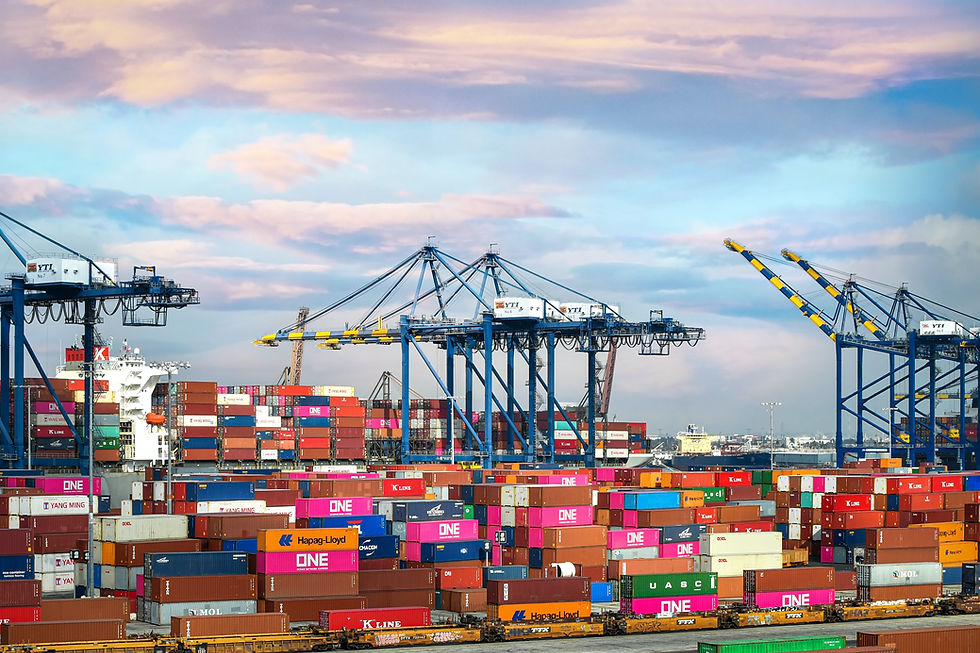The Economic Reset: Why Business Leaders Are Rewriting Growth Playbooks in 2025
- Analysis by Current Business Review

- Apr 25
- 2 min read

In 2025, growth isn’t following the old rules. The global economy is shifting under the weight of inflationary pressures, disrupted supply chains, changing labor markets, and regulatory realignments. Business leaders aren’t just adapting to these forces—they’re rewriting their playbooks entirely.
The post-pandemic era promised stability. Instead, it delivered structural volatility. And the smartest executives understand that surviving—and scaling—in this new environment requires a different kind of strategy.
Growth is no longer about expansion at all costs. It’s about resilience, optionality, and agility.
From Scaling Fast to Scaling Smart
For years, business success was defined by speed: first to market, fastest to scale, quickest to dominate a category. But in today’s economy, speed without stability is proving fragile.
The new growth mindset focuses on:
Strengthening core business units
Diversifying supply and revenue streams
Building adaptable cost structures
Investing in systems that reduce exposure to single points of failure
This isn’t about playing defense. It’s about building companies that can flex under pressure without breaking.
Markets Are Volatile—Strategy Doesn’t Have to Be
While markets swing between optimism and caution, businesses need a strategy that holds steady across cycles. Leaders are moving away from reactive pivots and instead embedding optionality into their models.
This looks like:
Designing product portfolios for multiple market scenarios
Structuring operations to shift quickly across regions
Leveraging automation to maintain margins despite wage pressures
Using real-time data to adjust pricing, inventory, and capital allocation
The leaders winning in 2025 aren’t trying to predict the next economic cycle. They’re preparing to perform in all of them.
Cash Flow, Not Just Capital
In a higher-interest environment, capital isn’t flowing as freely as it did during the last decade’s boom. Investors are more selective. Debt is more expensive. Equity is harder to justify.
As a result, business leaders are prioritizing cash flow discipline over fundraising theatrics. The new growth playbook favors:
Sustainable margins over market share grabs
Profitability pathways earlier in the business lifecycle
Asset-light expansion strategies
Flexible financing structures over single-source dependency
Growth funded by leverage is being replaced by growth earned through operational excellence.
Building Resilience Into the Business Model
At the core of the economic reset is a demand for resilience—not just in supply chains, but across the entire enterprise.
This means:
Creating leadership redundancy to avoid over-reliance on key individuals
Expanding supplier networks to mitigate geopolitical risks
Embedding scenario planning into every business function
Diversifying customer bases to reduce revenue concentration
Resilience isn’t a reactive strategy anymore. It’s a design principle.
The Bottom Line
The economic reset of 2025 isn’t just reshaping markets. It’s reshaping leadership. Business leaders who once measured success by velocity are now measuring it by durability.
Growth hasn’t disappeared—it’s evolved. And the next wave of market winners will be those who build businesses that can not only survive volatility but leverage it.
In this economy, the strongest strategy isn’t just to grow fast. It’s to grow strong.




Comments